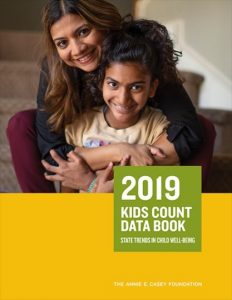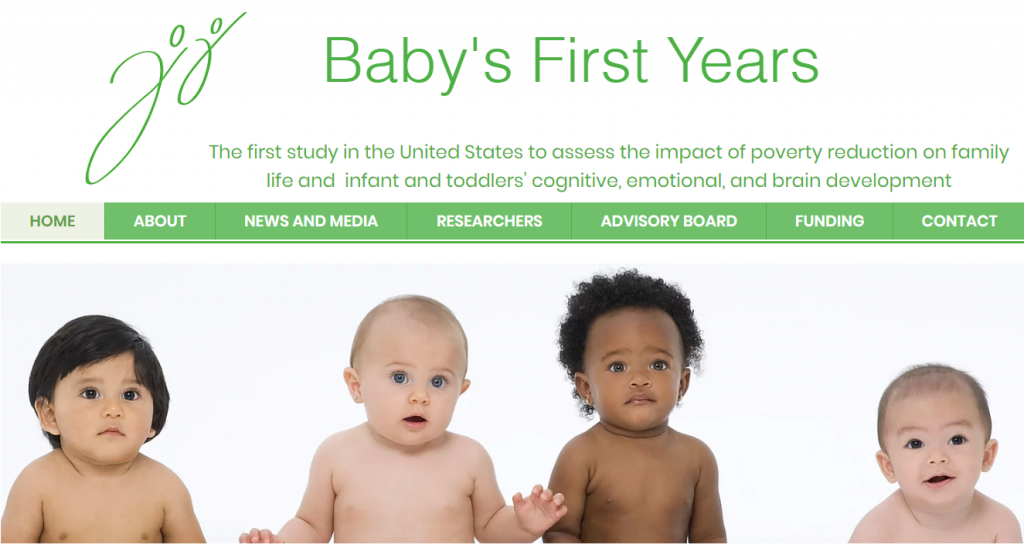
Feature
March | No. 3-2020
Childhood poverty is common. Nearly 1 in 5 children in the United States live in a household whose income is below the official federal poverty line, and more than 2 in 5 children live in poor or near-poor households.
Recognizing the broad and enduring effects of poverty on child development, the American Academy of Pediatrics recently added poverty and child health to its Agenda for Children.[1]
Although the negative outcomes associated with child poverty are well-documented, the mechanisms causing the harm, possible individual differences in susceptibility, and potential mediating factors associated with better and worse child outcomes are not well understood. To reach the level of certainty needed to put ideas into practice at the policy level, researchers must build a more robust body of evidence.
However, studies often differ in how poverty and/or socioeconomic status are measured, making it difficult to contrast and reconcile findings across studies. Establishing common measures of socioeconomic status, family income, and poverty could allow direct comparisons between studies.
For this purpose, scholars Seth Pollak and Barbara Wolfe propose a set of 12 core questions that can be easily integrated into studies of children’s development, and that are adaptable for international comparisons.
Use of these common measures will help researchers to (a) use data from more than one sample to better test their hypothesis; (b) understand how differences in samples could lead to variations in results across studies; and (c) if this facilitates data sharing, also expand the amount of data available for research with little additional cost.
To learn more, see the open access article: Seth D. Pollak and Barbara L. Wolfe, 2020, Maximizing Research on the Adverse Effects of Child Poverty Through Consensus Measures, Developmental Science. https://doi.org/10.1111/desc.12946
- identify new ways that research can be used to understand more about the basic science of how environments affect children’s development;
- help researchers and policymakers develop more effective antipoverty policies in response to these insights; and
- generate a stronger basis for researchers to communicate relevant findings to policymakers.
Policy/practice
Baby’s First Years is a groundbreaking study of the causal impact of monthly, unconditional cash gifts to low-income mothers and their children in the first 3 years of the child’s life. The study will identify whether reducing poverty can affect early childhood development and the family processes that support children’s development. The findings may provide the strong, causal evidence on which policymakers can base antipoverty efforts.
 Kids Count Data Book, Annie E. Casey Foundation
Kids Count Data Book, Annie E. Casey Foundation
The Annie E. Casey Foundation releases an annual KIDS COUNT® Data Book that tracks trends in child well-being. It is shared with local, state, and national leaders to provide a statistical snapshot of child well-being. The 2019 report notes the following:
- More parents are financially stable and living without burdensome housing costs;
- More teens are graduating from high school and delaying parenthood; and
- Access to children’s health insurance has increased compared to just seven years ago.
But it is not all good news. The report also notes:
- The risk of babies being born at a low weight continues to rise;
- Racial inequities remain systemic and stubbornly persistent; and
- Twelve percent of kids across the country are still growing up in areas of concentrated poverty.


https://doi.org/10.1073/pnas.1708791114
Notes
[1] See AAP Agenda for Children.
